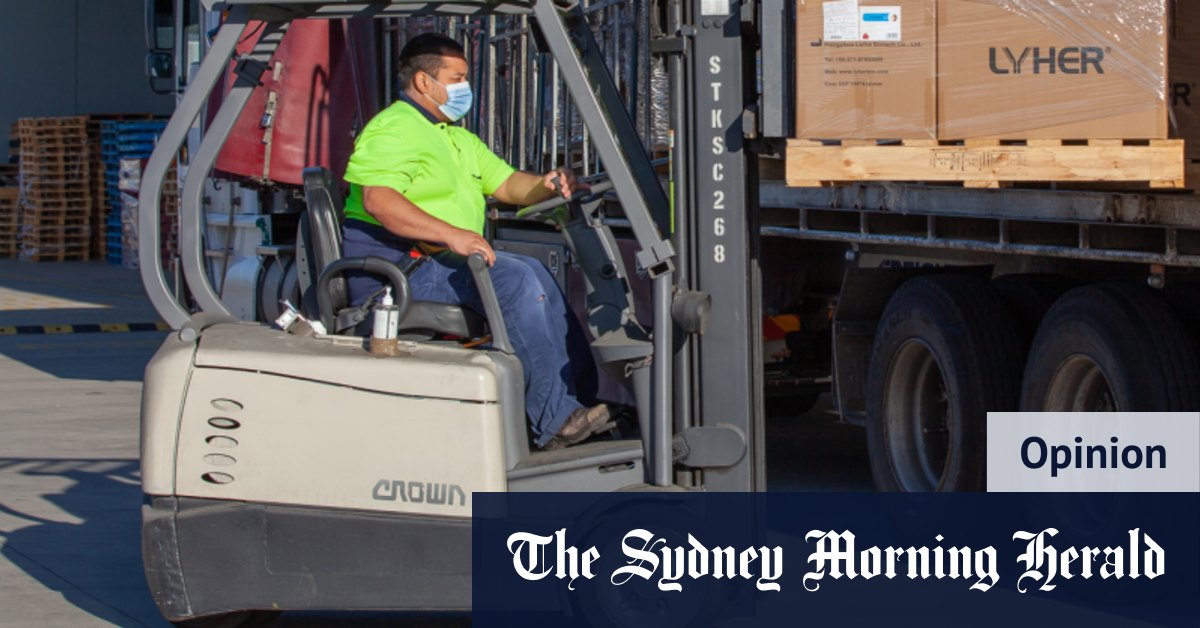One of the toughest aspects of the myriad COVID-19 restrictions over the past two years has been the impact on children. The months of “remote learning†have been detrimental to their formal education, but also to their emotional wellbeing and their irreplaceable social interactions with their peers. There have been many groups in Australia who have suffered disproportionately due to the pandemic, but none more so than our young people.
Loading
Childhood is a time of learning, of testing new social circles, making new friends and formulating potential career paths. Instead, as chunks of the past two years were spent in lockdown and schools resorted to remote learning through online teaching, the mental health of many thousands of students deteriorated.
Two surveys of parents, both conducted in 2020 by the Royal Children’s Hospital in Melbourne, found there had been “substantial†impacts on students arising from their experiences of remote learning. In Victoria, where students have lost some 200 days of face-to-face teaching, the surveys suggested online learning had a negative mental health impact on 57 per cent of teenagers. It was 36 per cent in NSW.
Overseas studies have highlighted the potential for lockdowns to curb students’ enthusiasm for life goals, to disconnect or lose sight of what they want to pursue once they leave school. They have pointed also to the risk of creating unequal educational achievements and the lifetime impact of school closures on income and national economic output.
For all those reasons and more, the decisions by the Victorian and NSW governments to get their school years underway – despite high COVID-19 case numbers – is welcome and necessary.
State and federal governments are adamant that school closures should be a last resort, not a knee-jerk reaction to an outbreak or even a series of outbreaks. The return to school must be done safely, carefully and competently. It will not be easy and there will be setbacks, but proper management and diligence around health and safety should make it work.
The Doherty Institute in November contended that high vaccination rates among students, plus regular screening of students and teachers, could lead to a decline in transmissibility, resulting in fewer school days lost.
While conceding COVID-19 would emerge in schools as they reopened, particularly as vaccination rates among school children are far from complete, the researchers advised national cabinet that testing students twice a week “markedly increases the chances of nipping an outbreak in the budâ€.
Since the COVID-zero strategy was abandoned in November, the Omicron variant has ripped through Australia. The numbers of daily new cases, hospitalisations and deaths have spiked, and consumer goods supply chains have been hit hard as workers became ill or were required to isolate.

